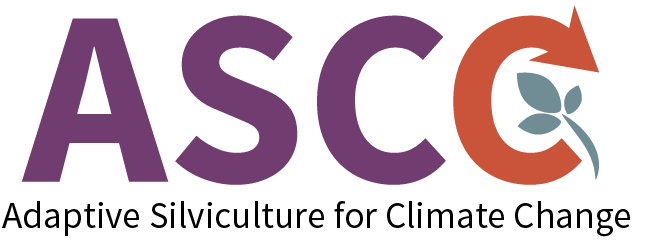What approach best prepares forest ecosystems for climate change? Adaptation options occupy a continuum of management goals related to their levels of desired change. A team of natural resource specialists and researchers familiar with the Second College Grant convened for a three-day workshop in the summer of 2016 to develop the study design for the ASCC project site. The team developed a set of desired future condition statements, objectives, and tactics for each major climate adaptation trajectory:
RESISTANCE
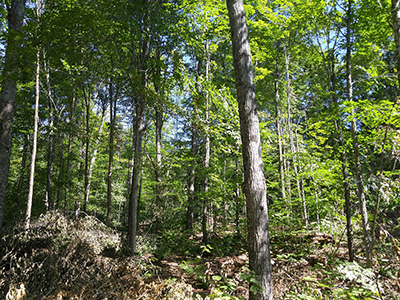
maintain relatively unchanged conditions over time
Management Goals:
- Encourage a multi-aged / size structure and maintain quality across all size classes
- Maintain hydrological cycle and erosion
- Stable carbon pools with accreting living biomass carbon
- Maintain/increase vigor and quality of residual trees while maintaining current productivity levels consistent with type
Strategies & Approaches:
- Reduce competition for moisture, nutrients, and light
- Single-tree selection (70-80 ft2/acre)
- Multi-aged cohort
- Retain biological legacies
- Increase downed dead wood
RESILIENCE
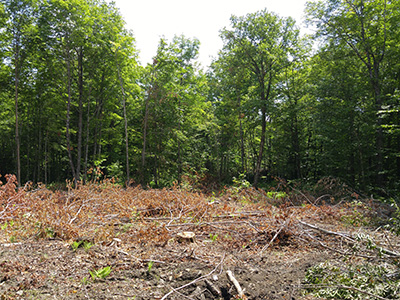
allow some change in current conditions, but encourage eventual return to original conditions
Management Goals:
- Multiple combinations of species composition and structure present (e.g., multiple pathways to recovery from disturbance)
- High overall tree species and functional diversity with increased component of local species adapted to future climate conditions/disturbance compared to current condition
- Multiple age classes present
- Increased amount of biological legacies and dead wood
- Same growth/productivity as Resistance treatment, but allowing for some deviation/oscillation
- High production of beech hard mast for wildlife
Strategies & Approaches:
- Reduce competition for moisture, nutrients, and light
- Group and single-tree selection (20% in gaps of 0.1-0.25 acre in size, 20% in reserves, 70-80 ft2/acre matrix)
- Maintain and restore diversity of native species
- Increase drought-adapted species (red maple and beech)
TRANSITION
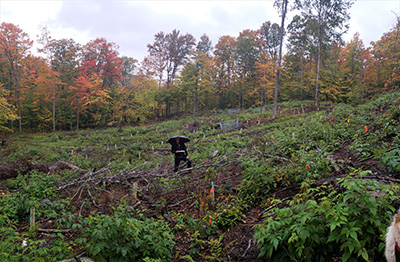
actively facilitate change to encourage adaptive responses
Management Goals:
- Increased dominance of species adapted to future climate change currently on site plus increased proportion of planted species (≥ 20% composition) not currently on site that are better-adapted to future climate change
- Increased amount of biological legacies and dead wood
- Increased diversity of tree functional traits
Strategies & Approaches:
- Variable density thin / irregular shelterwood (20% in gaps of 0.25-1 acre, 10-20% in reserves, 70-80 ft2/acre matrix)
- Increase future-adapted, off-site species (northern red oak, bitternut hickory, eastern white pine, eastern hemlock, basswood, black birch, bigtooth aspen, chestnut)
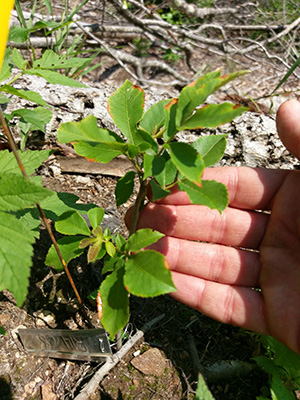
Bitternut hickory seedling planted in the Second College Grant transition treatment; Photo Credit: Tony D'Amato, University of Vermont
